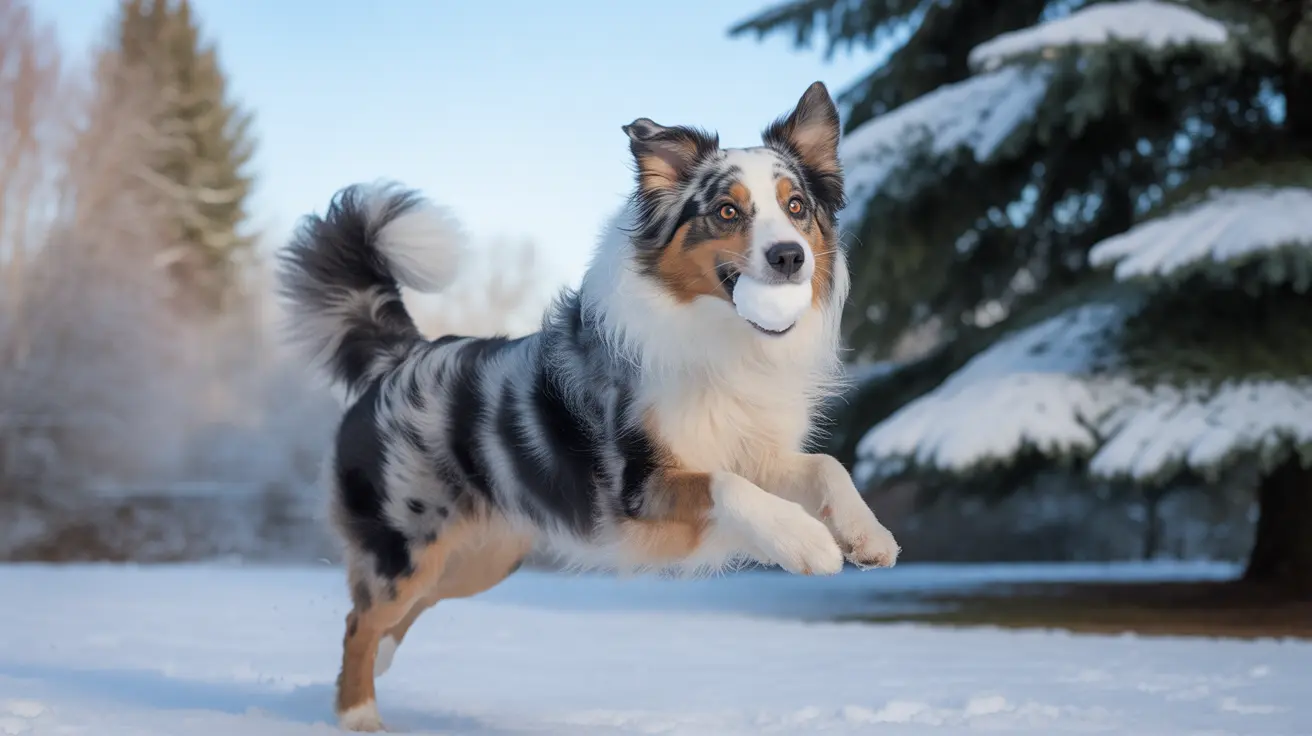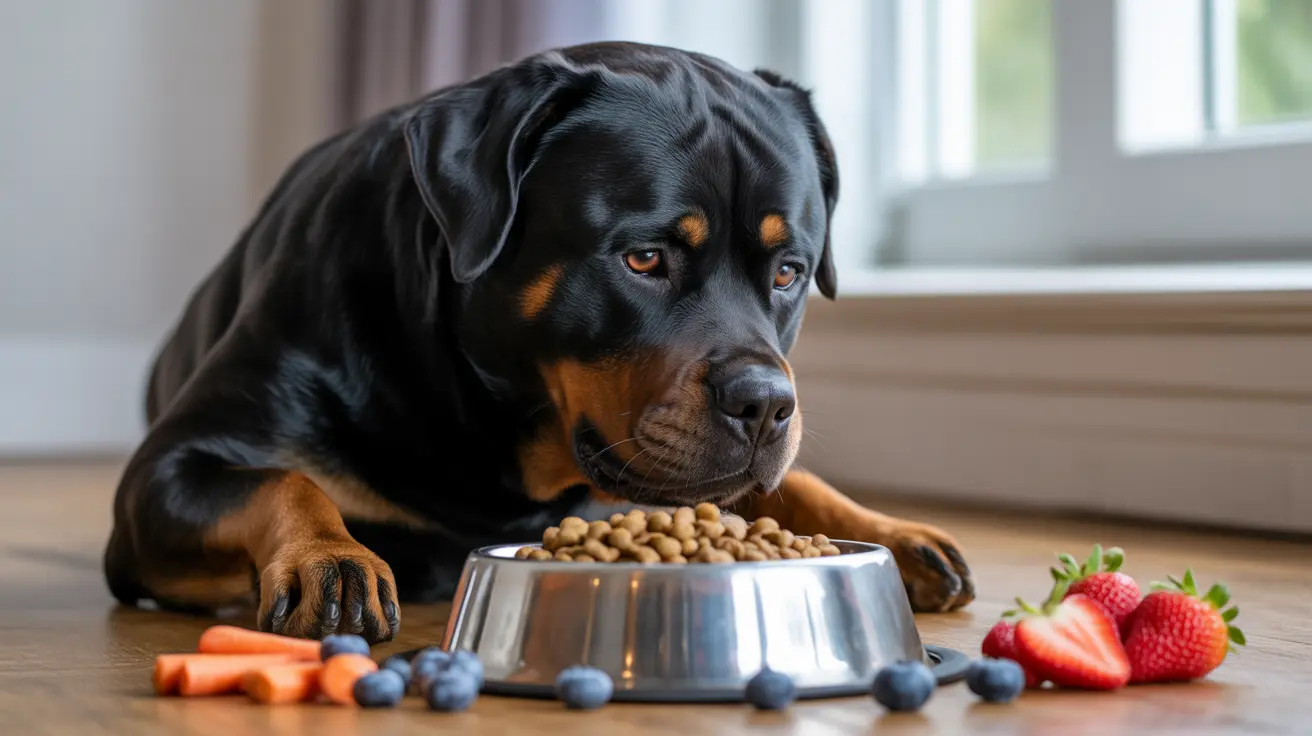Can Dogs Get Norovirus? Understanding Risks, Symptoms, and Prevention
Norovirus is infamous for causing outbreaks of stomach flu in humans, but dog owners sometimes wonder if their pets are at risk too. The answer is nuanced: while norovirus primarily infects people, research shows that dogs can occasionally contract the virus—especially when living closely with infected humans.
What Is Norovirus?
Norovirus is a highly contagious virus that leads to gastroenteritis, triggering symptoms like vomiting, diarrhea, abdominal pain, and fever. It spreads rapidly through contaminated food, water, surfaces, and close personal contact. Traditionally thought to be species-specific (mainly affecting humans), scientists have discovered that other animals—including dogs—can also be exposed to noroviruses.
How Can Dogs Become Infected?
Dogs have their own canine noroviruses, but studies over the last decade reveal that human norovirus can sometimes cross over to dogs. This typically happens in households where people have active infections:
- Direct exposure: Dogs living with symptomatic humans may ingest viral particles shed in vomit or feces.
- Environmental contamination: Surfaces or objects tainted by an infected person can become a source of infection for curious pups.
A Finnish study found that 4 out of 92 dogs from homes with recent human norovirus illness had the virus in their stool; two showed mild gastrointestinal symptoms. Similarly, research from Thailand detected nearly identical strains of human norovirus in both children and household dogs during an outbreak.
Evidence for Cross-Species Transmission
The evidence for human-to-dog transmission includes:
- Detection of viral RNA: Fecal samples from exposed dogs sometimes test positive for human norovirus.
- Antibody surveys: Up to 13% of some canine populations have antibodies against human norovirus—proof they've been exposed or infected at some point.
- Molecular similarity: Genetic analysis often shows the virus found in dogs matches the strains circulating among local humans.
Still, large-scale studies suggest this is rare; hundreds of canine stool samples often yield no positive results. The takeaway: while possible, sustained infection and shedding in dogs are uncommon events.
Why Are Dogs Susceptible?
The canine gut expresses certain carbohydrate molecules called histo-blood group antigens (HBGAs), which are known binding sites for noroviruses. Laboratory experiments confirm that human norovirus particles can attach to dog gut tissues and saliva. This provides a plausible biological route for infection—though efficient replication inside the dog’s body appears limited.
Symptoms of Norovirus Infection in Dogs
If a dog does get sick from norovirus, symptoms resemble those seen in people:
- Vomiting
- Diarrhea
- Lethargy
- Poor appetite
- Mild dehydration
The illness is usually short-lived and resolves on its own. Unlike parvovirus (a much more severe canine disease), norovirus does not typically cause bloody stool or vomit.
Transmission Between Dogs
The most common way a dog catches norovirus is by ingesting contaminated feces or coming into contact with tainted environments—think kennels or shelters during outbreaks. Human-to-dog transmission is possible but rare; more often than not, infected people contaminate surfaces rather than directly infecting pets. Infected dogs may shed the virus in their stool for several weeks.
Diagnosis and Treatment
- PCR testing: Veterinarians use fecal PCR panels to detect viral RNA in stool samples.
- Serology: Blood tests can reveal past exposure by detecting antibodies against the virus.
Treatment focuses on supportive care—hydration is key! Offer clean water (or ice cubes if your dog won't drink), provide a bland diet like boiled chicken and rice, and ask your vet about anti-nausea medications if needed. Severe cases might require intravenous fluids at the clinic. There’s no specific antiviral drug for canine or human norovirus infections.
Prevention Tips for Pet Owners
- Wash hands thoroughly after handling pets or cleaning up after them.
- Disinfect contaminated areas promptly using pet-safe cleaners.
- Avoid close snuggling with your dog if you’re experiencing stomach flu symptoms yourself.
- If your dog has vomiting or diarrhea, keep them isolated from other animals until they recover fully.
- Avoid taking sick pets to public places like parks or kennels during outbreaks.
Zoonotic Risk: Can Dogs Infect Humans?
The risk of catching norovirus from your dog appears extremely low. While rare cases suggest potential animal-to-human (zoonotic) transmission could occur, there’s no strong evidence that dogs serve as significant reservoirs for human infection—or vice versa. Most outbreaks still spread via direct person-to-person contact or contaminated food/water sources.
If Your Dog Gets Sick: When to Call the Vet
If your pet develops persistent vomiting, diarrhea (especially if bloody), severe lethargy, or signs of dehydration (dry gums, sunken eyes), reach out to your veterinarian promptly. Most cases resolve within days if managed well at home—but don’t hesitate to seek help if you’re concerned about your pet’s health!





